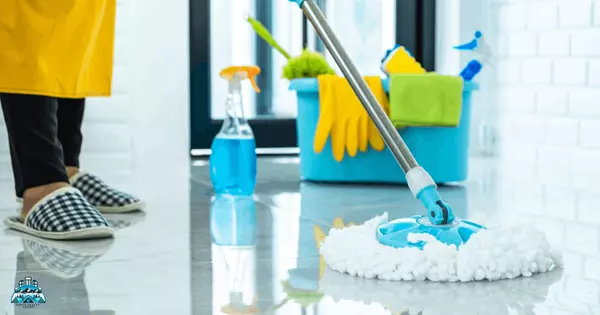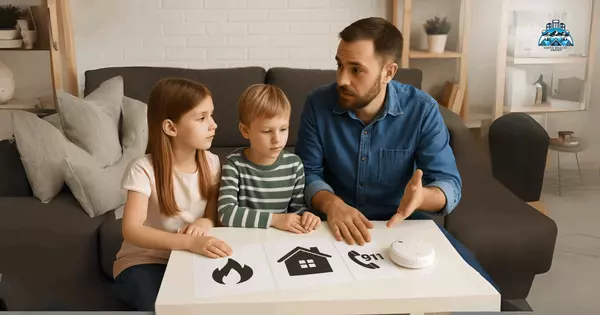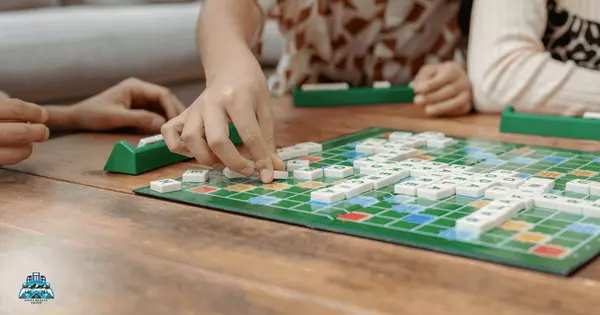Helping Children Understand Home Hazards
Teaching kids about home safety starts with clear and simple rules. Talk to your children in a calm and open way. Explain that rules exist to keep everyone safe. Avoid scaring them; instead, focus on what to do in different situations. Start with basic topics like fire safety, sharp objects, and not opening the door to strangers. Let them ask questions and give honest answers. Make it a two-way conversation. Use real-life examples to show what safe behavior looks like. Kids remember lessons better when they feel involved. Walk through the house and point out areas that require care. Help them see which actions are safe and which are not. A little guidance goes a long way.
Fire safety is one of the first lessons to teach. Show children where smoke detectors are and explain how they work. Practice a fire drill at home and set a meeting spot outside. Teach them how to stop, drop, and roll if their clothes catch fire. Let them hear the sound of a smoke alarm so they know what it means. Make sure they know how to call emergency services. Keep matches, lighters, and candles out of reach. Explain the dangers of hot stoves, ovens, and heaters. For younger children, using picture books or games can help make these ideas stick. Repeat the message often but keep the tone steady. Practice builds confidence. Safety habits start early and grow with time.
It's also important to cover topics like water safety, electrical safety, and chemicals. Show them that cords and outlets aren’t toys. Store cleaning supplies out of sight and teach older kids to read warning labels. Talk about bathroom safety and why supervision is needed. If you have a pool or pond, explain the rules clearly. Locking cabinets and using safety gates are good short-term tools, but learning is long-term. Remind them that some items—like scissors or tools—should only be used with adults. Role-playing can help kids remember safety steps. Ask what they would do in certain situations. Let them come up with answers and gently guide them. Repetition helps the message stick. Encourage them to speak up if something seems unsafe.
Teaching home safety isn’t something you do once. It’s an ongoing part of parenting. As your children grow, revisit the topics with new detail. Help them take more responsibility over time. Praise safe behavior when you see it. Use everyday moments as teaching opportunities. Even small conversations can make a difference. You don’t need to be perfect—just consistent. Kids feel more secure when they know what to do. Your efforts now can help prevent accidents later. Safety starts with awareness, and awareness begins with you.
Categories
Recent Posts











